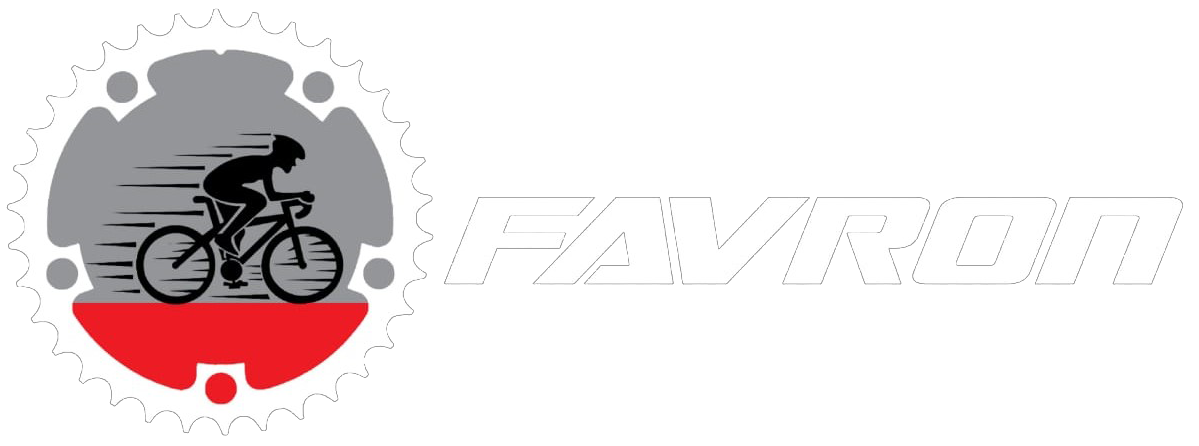
Choosing the best bicycle website or blog involves considering various factors to ensure that it aligns with your preferences, interests, and needs. Here are some tips to help you make an informed decision:
Content Quality:
- Look for a website or blog that provides high-quality content. This includes well-written articles, informative reviews, and engaging multimedia such as photos and videos.
Relevance to Your Interests:
- Choose a website that focuses on the type of cycling that interests you the most, whether it’s road cycling, mountain biking, commuting, or bike maintenance. This ensures that the content is relevant to your needs and preferences.
User-Friendly Design:
- A well-organized and user-friendly website or blog makes it easy for you to navigate and find the information you need. Check for clear menus, a search function, and a layout that is visually appealing.
Up-to-Date Information:
- The cycling world is constantly evolving with new technologies, gear, and trends. Look for a website that regularly updates its content to provide the latest information, product reviews, and industry news.
Community and Interaction:
- Some websites offer a community aspect, such as forums or comment sections, where cyclists can share their experiences and tips. This can be valuable for getting advice and connecting with other cyclists.
Author Credibility:
- Check the credentials of the authors or contributors to the blog. Are they experienced cyclists, industry professionals, or experts in their field? Knowing the background of the contributors can give you confidence in the information provided.
Product Reviews:
- If you’re interested in purchasing new cycling gear, a website that provides comprehensive and unbiased product reviews can be beneficial. Look for reviews that include real-world testing and practical insights.
Frequency of Updates:
- Regular updates indicate an active and committed website. Choose a blog that publishes content consistently, whether it’s daily, weekly, or monthly, to ensure that you receive fresh and relevant information.
Mobile Compatibility:
- Ensure that the website is mobile-friendly, especially if you prefer to access content on your smartphone or tablet. Responsive design is crucial for a seamless browsing experience.
Social Media Presence:
- A strong social media presence can be an indicator of an engaged community. Check if the blog has active social media accounts where they share content, engage with followers, and provide additional insights.
By considering these factors, you can find a bicycle website or blog that meets your needs and enhances your cycling experience.

